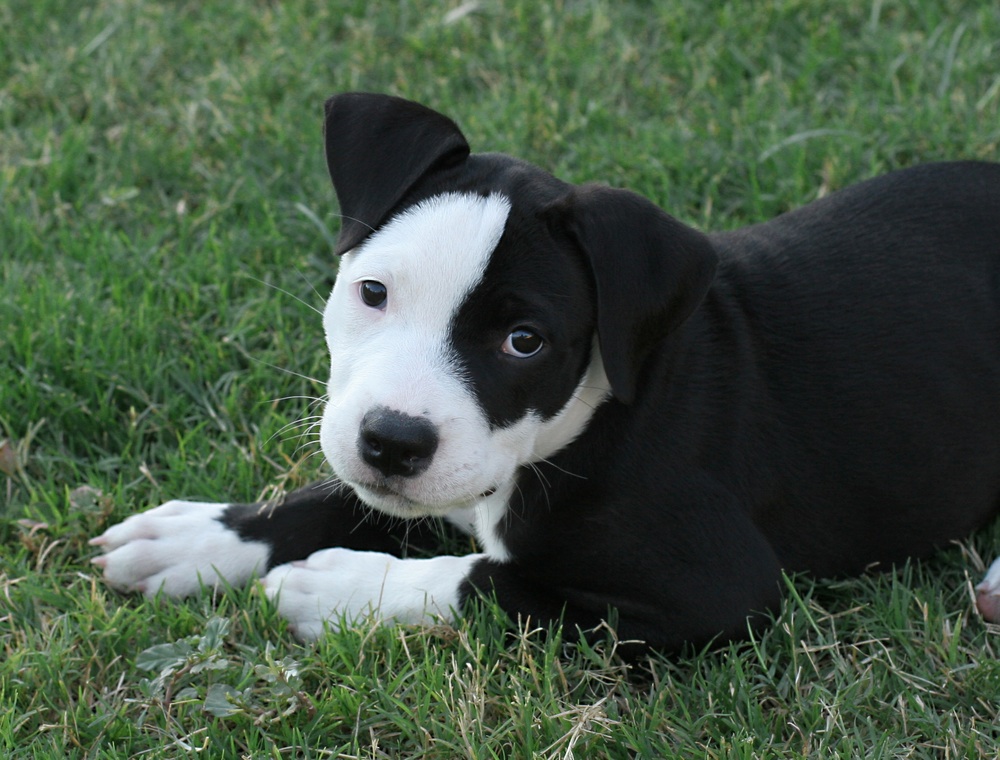Good dogs gone bad?
A increasing menace is stalking the streets of Britain's cities, particularly on housing estates in poorer areas. Aggressive dogs are now being kept in ever-increasing numbers by gang members to boost their reputations in such localities, and the situation has become so bad that it has triggered a change in the law. Back in 2000, the Metropolitan Police seized just 65 dangerous dogs, but in 2008, the total was 608.At the center of this problem is the pit bull terrier, a breed which should have died out in Britain following the introduction of the Dangerous Dogs Act in 1991, as owners of such dogs were compelled to have them neutered, and had to keep them muzzled in public.
Other breeds
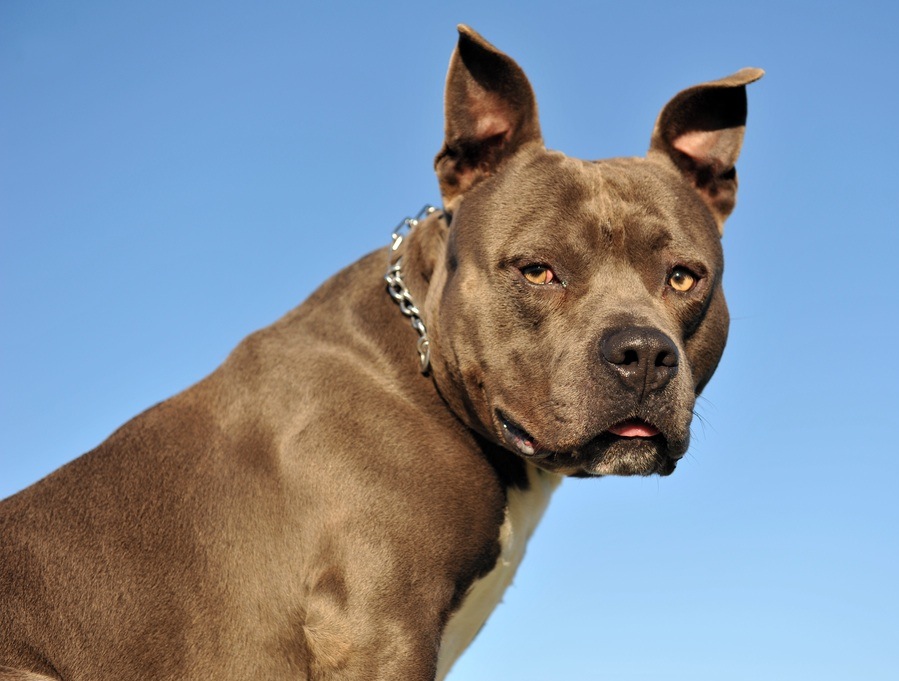
Fila Brasileiro / Brazilian mastiff Three further breeds were also covered by this legislation, including the Japanese Tosa (below), of which there was reputedly just one example in the country at that time, and the equally unknown

Fila Brasileiro (right). aaa Japanese tosa The final breed outlawed by the act was the Argentino Dogo (below), which is often seen at dog shows in Europe.
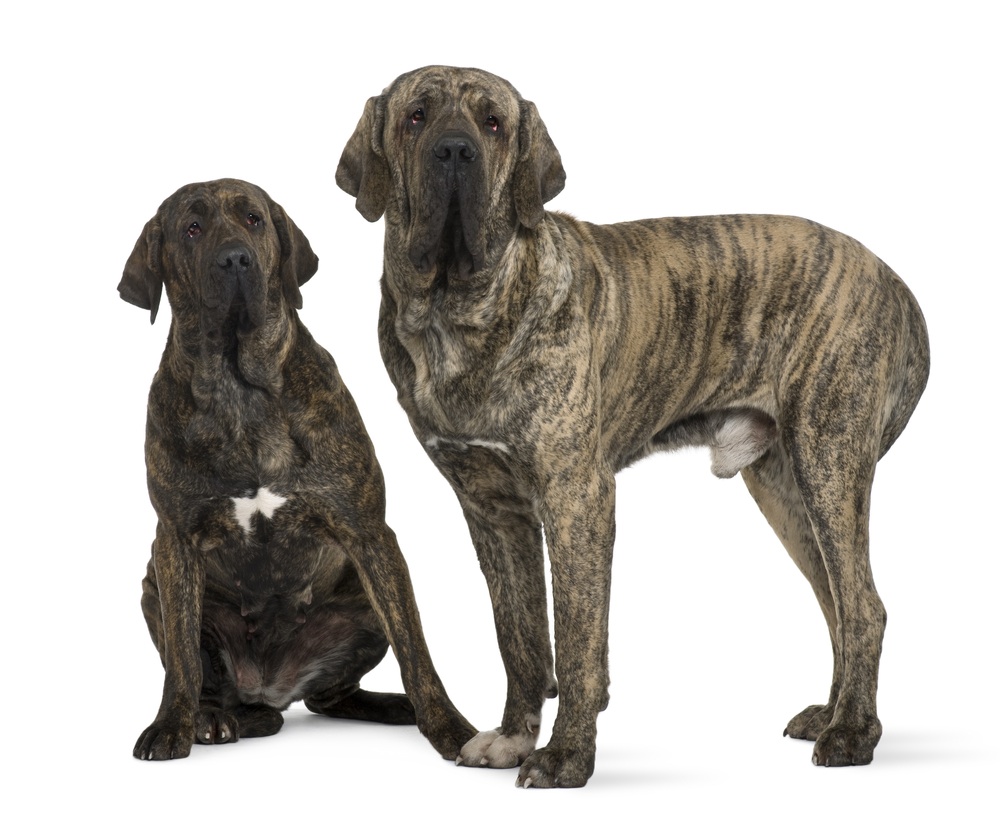
Argentino dogo
Correct identification
A difficulty which soon became very apparent from the earliest days of the Dangerous Dogs Act was being able to define a pit bull terrier. This is a dog which has never been accepted for registration purposes by the Kennel Club in the UK, and so no breed standard, outlining the key characteristics of its appearance, has ever been drawn up.
In a series of costly court cases, expert witnesses would argue over the identity of a particular dog which had been seized. Sometimes, it would be set free and returned to its owner simply on the grounds that it could not be considered a pit bull terrier and so was not covered by the legislation.
The risks

Cane Corso fighting There is no doubting the menace that aggressive dogs can pose to members of the public however, with several tragic cases of children being badly injured or even killed by them over recent years. Police Constable Keith Evans, who is dog legislation officer for the West Midlands force, has put the problem in perspective. He told the Birmingham Mail that although pit bull terriers accounted for just 1% of the country's dog population, they were responsible for 40% of all dog attacks in 2009.
In addition though, such dogs are also being used increasingly for dog-fighting purposes, often inflicting horrendous injuries on each other. During 2004, the RSPCA (an animal protection agency) received 24 complaints relating to dog-fighting. This total has now risen to 360 incidents, with many cases reported as taking place in parks or on the street.
Anecdotal evidence from veterinary practices in these troubled areas also suggests the level of dog-fighting has risen considerably over recent years. Up to £10,000/US16,000 may be wagered on the outcome of such contests.
Many criminologists believe the growing gang interest in such dogs is a reaction to a police clampdown on the carrying of weapons such as knives and guns. Walking the streets with a dog is not yet an offence, but curbs have been introduced. Courts can issue orders prohibiting gang members from having dogs which cause intimidation or are violent, and such animals can be seized by the police.
Addressing the problem
Boxer x American pit bull terrier crossbreed
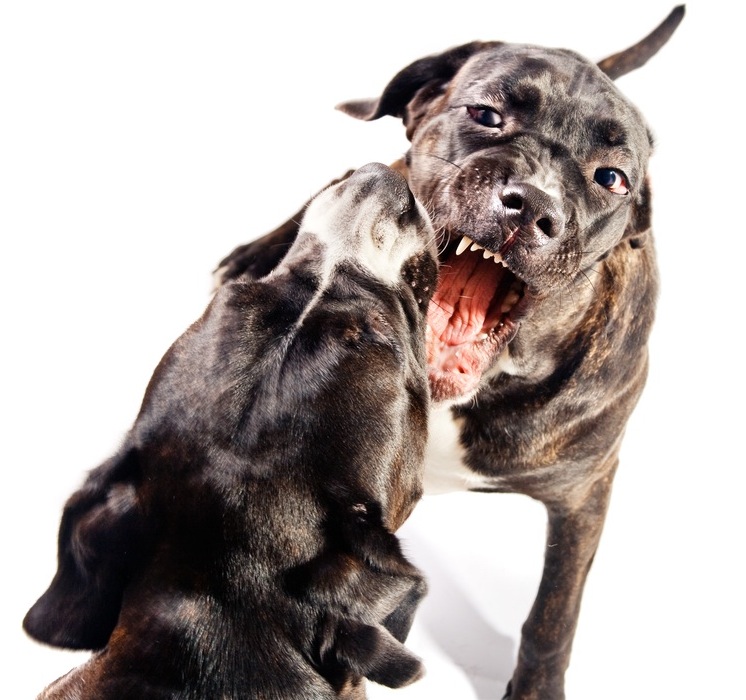
Most involved in tackling this menace are sceptical as to whether legislation of this type will be any more effective in dealing with the problem than that which already exists. A variety of recognized breeds, notably Staffordshire bull terriers and mastiffs such as this Boxer cross (left) are being used in the development of ever-fiercer, stronger cross-breeds.
Covert language is used to describe such dogs when they are advertised for sale, such as “American Staffies” or “long-legged Staffies”. In a sector frequently fueled by the drug trade, where being regarded as the “top dog” is what really matters, so puppies with respected ancestries will sell for large sums of money, often over £500/$800 each.
Many advertising outlets try to impose a ban on accepting offers of such dogs, but this is not easily achieved, especially as they are often sold by word of mouth anyway. Meanwhile, innocent dog-lovers are being caught up in the fringes of this culture, sometimes with fatal consequences.
A typical pet dog out walking in a park with its owner has no defence against one of these potential killing machines. A number of pets have been deliberately targeted by gangs in these surroundings for sick entertainment and have died from their injuries after being set upon.
Pit bull puppy
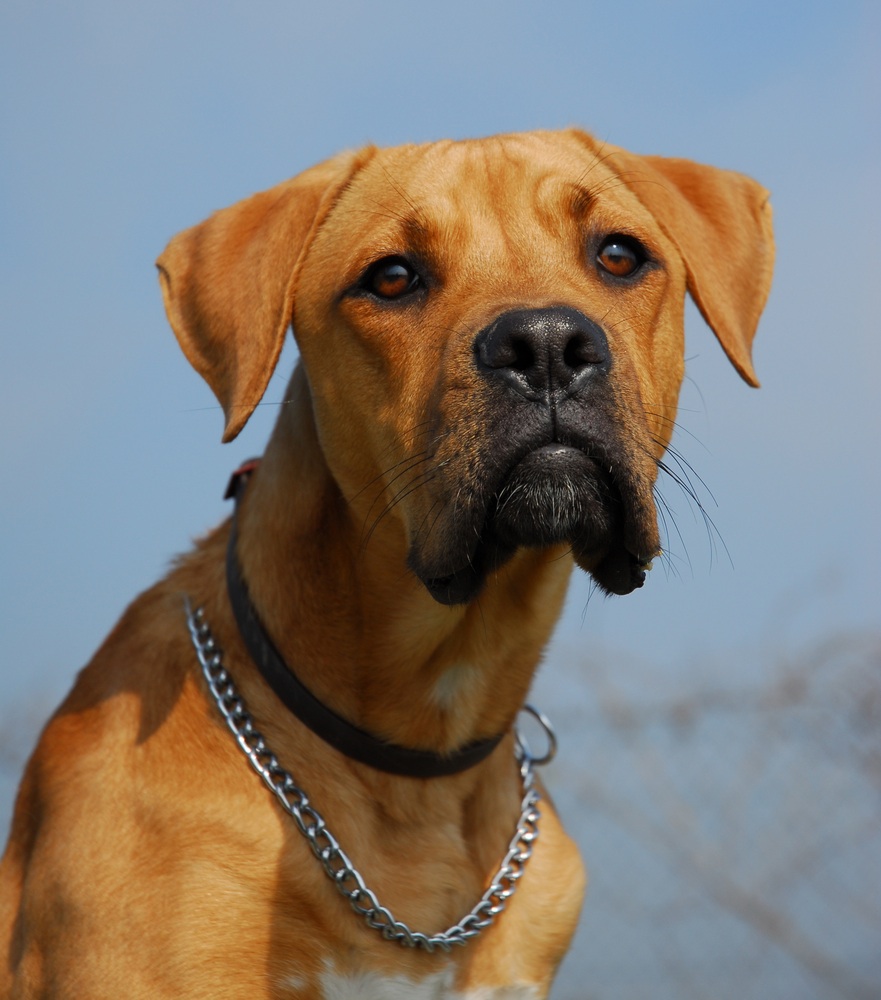
The difficulty is that clamping down on individual breeds such as the pit bull terrier clearly does not work. Against this background, a group of concerned breeders and owners have now formed a pressure group, calling for a change in legislation.
They are pressing for a move away from breed-specific bans and controls, arguing that pit bulls, such as the puppy shown right, and similar dogs are not instinctively aggressive towards people, although not everyone shares this view. But as yet, no-one seems to have an answer as to how to break up the gangs which actually lie at the heart of the problem.
